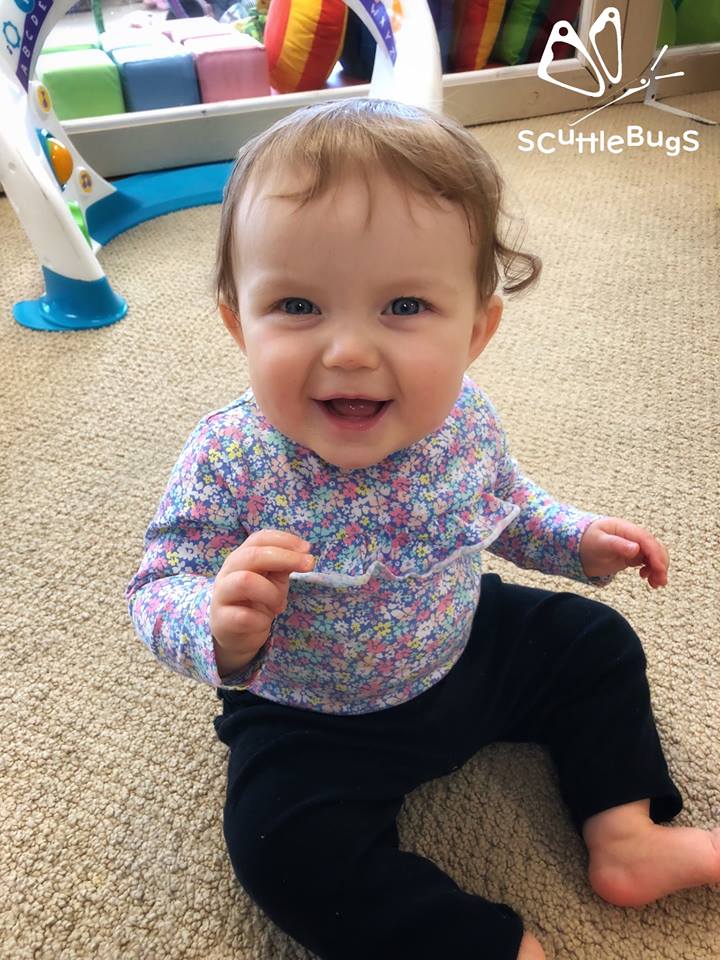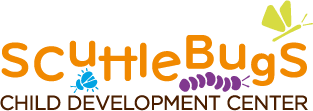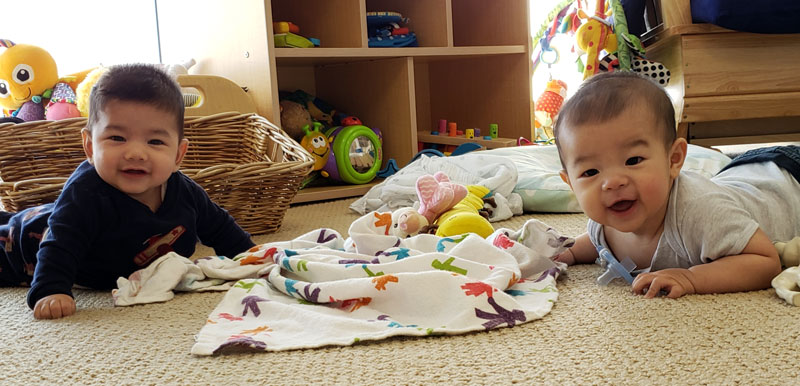At the age of about 2 months children discover their ability to vocalize and search for social interaction. At that point the main interlocutor, usually the mother, teaches her baby the principles of a dialog – and it is then when a child finds out that communication is based on a back and forth “tit for tat”. There is an opinion that women are generally better at this game – meaning that men are more comfortable with leaving a “tit” without a “tat”, - and this can be connected with women’s designed role: a first Art of Dialog teacher for their kids!
Interestingly, the principle of a dialog is a communication concept that lots of animals share with humans.
In the period between 3 and 5 months children produce sounds known as cooing. The primary mechanism babies have for learning a language is an instinct to imitate, but in the early stages of development, babies imitate emotion, not sounds. That’s why live, emotional and individual communication is crucial. Adults’ intonation works as a trigger to react and imitate. A recorded voice could even be a negative for developing imitation skills because there is no actual interaction linked to the concept of conversation.

At the age of about 5 months, although every child follows his or her individual schedule, children enter a period of so-called “babbling” when they try to imitate adults’ way of speaking. Towards the end of the first year some syllables, usually repeated (like ma-ma, da-da, wa-wa) appear. This indicates development of understanding of language units, although until about 1 year children embed the meaning within intonation and rhythm rather than in sounds. That’s why sometimes they create words, that for them seem similar to adult’s language, but really have almost nothing in common with the original words. Only the context helps parents to understand their kids “own” language. After 1 year children create some “signal” monosyllabic words, indicating the whole situation.
Curios thing: there are relatively few languages in the world, in which “mom” does not start with “ma” or “am”. There is no certain answer why, but one hypothesis is that the labial sound “m” is the one most easily made when taking breast milk. Unsurprisingly it’s often the first sound a child learns and uses to describe a concept/situation.

This last fact is used in some of today’s foreign language learning methods, which, oppositely to academic methods, leave phonetics studies for last, or at least don’t start from learning to enunciate perfectly before understanding a single word.
As adults, we can’t imagine even thinking without using words of our native language. And yet, it is just a tool humanity, and each one of us, once acquired to communicate with others, - the tool, that then structured our minds in a way to become an intrinsic part of being a human.

